SUMMARY
This is AI generated summarization, which may have errors. For context, always refer to the full article.
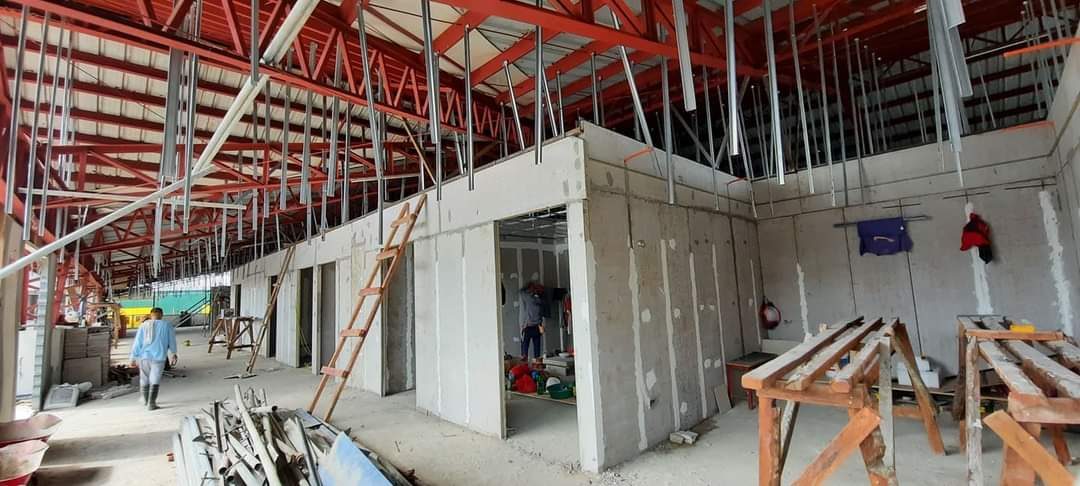
Local officials were anticipating the worst as Cagayan de Oro faced the prospects of its intensive care facilities overheating again and a runaway outbreak in COVID-19 infections.
But Mayor Oscar Moreno was neither keen on imposing stricter travel restrictions nor ordering a temporary halt on public transportation, which many have been blaming for the new surge in COVID-19 cases.
Neither was Moreno thinking of locking down small communities with COVID-19 cases the way he did in 2020 unless the city’s quarantine facilities became overwhelmed.
The number of documented daily infections surged again from July 18 to July 24, showed OCTA Research’s monitoring report released on Sunday, July 25.
The significant increase in COVID-19 cases in the city came about the same time the government detected five cases of the more transmissible Delta variant in the city, one case in Gingoog City in Misamis Oriental, and another in neighboring Talakag town in Bukidnon province.
From two digits in early July, when the local government and health officials brought the COVID-19 curve into a near plateau, the cases were back to three-digit levels.
Cagayan de Oro accounted for 64.7% of Northern Mindanao’s newly-documented COVID-19 cases as of Sunday, data from the regional office of the Department of Health showed.
Of Northern Mindanao’s 281 new cases on Sunday, Cagayan de Oro logged 182 – a far cry from Misamis Oriental’s 36 cases, Bukidnon’s 29, Misamis Occidental’s 17, Camiguin’s 16, and Iligan’s lone case.
The capacity of Cagayan de Oro’s intensive care facilities faced the prospects of being overstretched as the city continued to see surges in COVID-19 cases daily. Its average daily cases from July 18 to July 24 rose to 117, an increase of over 100% compared to the previous week’s 56.
OCTA Research data showed that the use of the Cagayan de Oro’s intensive care facilities was at a critical risk level. Its intensive care unit utilization rate (ICUUR) was categorized as “low” at 68% from July 4 to July 10. But from July 12 to July 18, the city’s ICUUR breached the 80% level which was categorized as “high” by OCTA Research.
Last week, its ICUUR further increased to 85% while its rate of infections was up by 1.5%, and its testing positivity rate reached 24%, OCTA Research’s data showed.
Mayor Moreno told Rappler: “We need the people’s support for us to address these. We are, indeed, concerned with…the rising trend of the cases last week.”
Maricel Rivera, city hall spokesperson, said a lockdown of small communities or granular lockdowns and a temporary halt in public transportation were the last things the local government wanted to do because such measures would adversely affect poor families.
“Our message is for people to stay home as much as possible, and if they have to work, then take the necessary precautions,” Rivera said.
Moreno clarified that the city government was not against granular lockdowns, pointing out that it had resorted to that strategy in 2020.
But Moreno said the better strategy would be to extract the infected and their high-risk close contacts and isolate them.
“Extraction is very crucial and must be fast and efficient to ensure that the positives and those at high risk are prevented from transmitting the virus,” he said.
He said the city government would only resort to granular lockdowns if its isolation and treatment facilities became overwhelmed.
The city government has set up 22 temporary treatment and monitoring facilities, and isolation units that can accommodate at least 1,116 people, and Moreno said they were adding more.
Moreno called for more genome sequencing laboratories and a stepping up of the government’s vaccination program.
“While the genome laboratory is very important – as, in fact, the country needs to build more – we need to take the conservative approach that the variants are already with us. Thus, we need to be a lot more careful to prevent its transmission. We also need to accelerate the vaccination,” Moreno said. – Rappler.com
Add a comment
How does this make you feel?
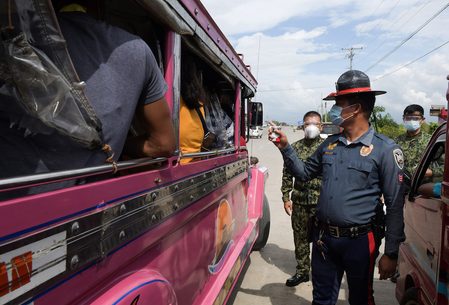
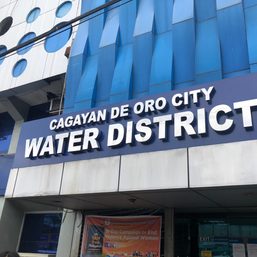

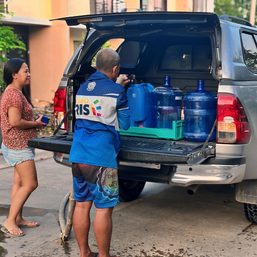
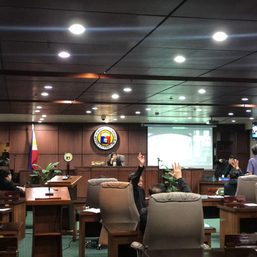
There are no comments yet. Add your comment to start the conversation.